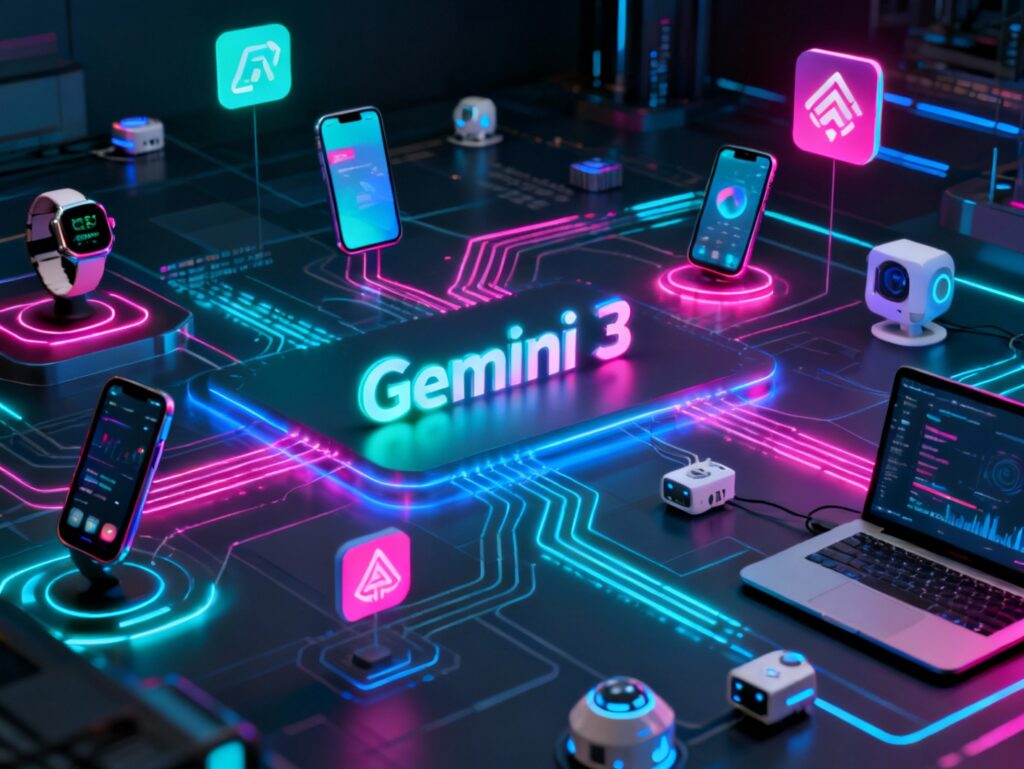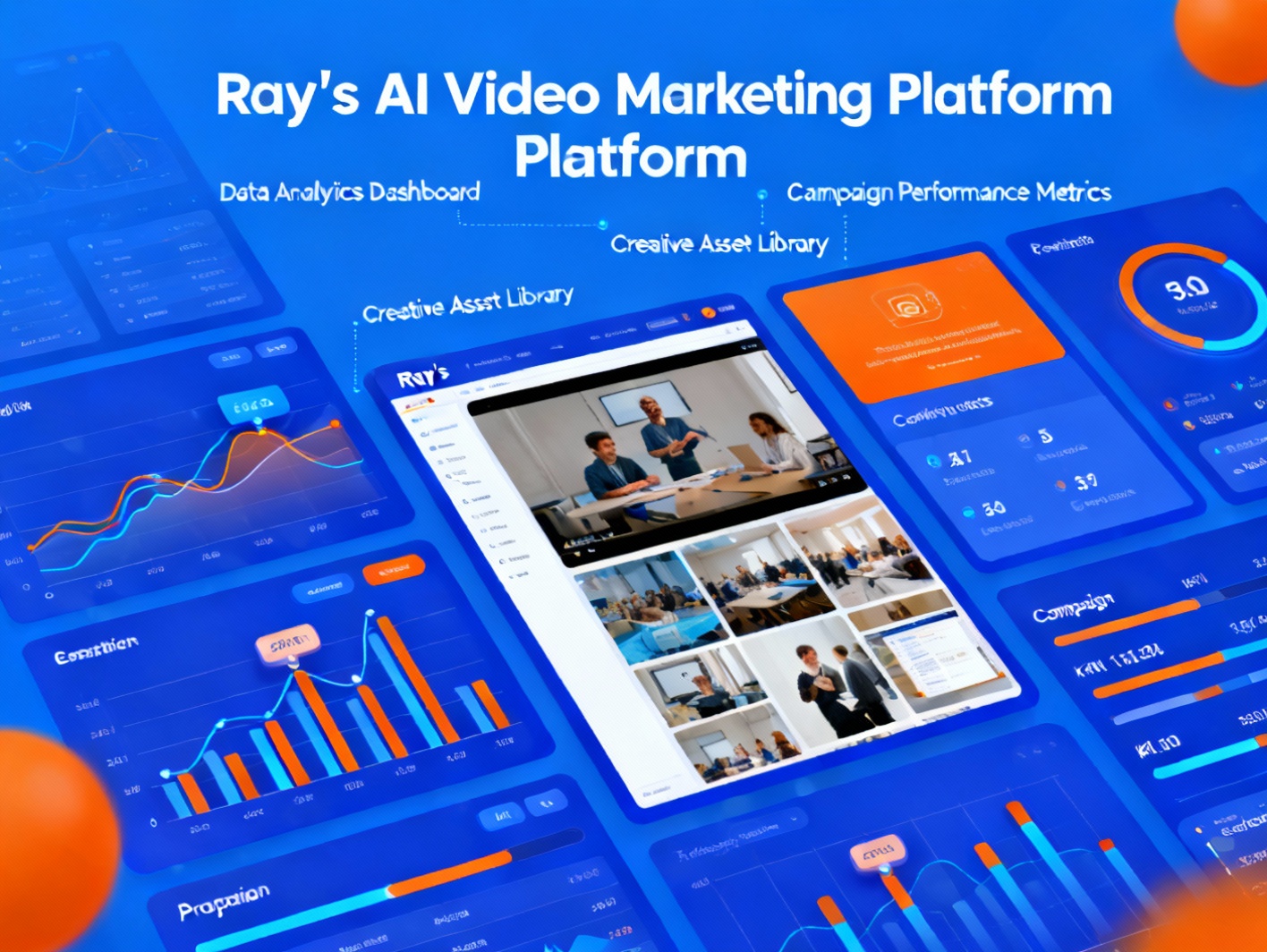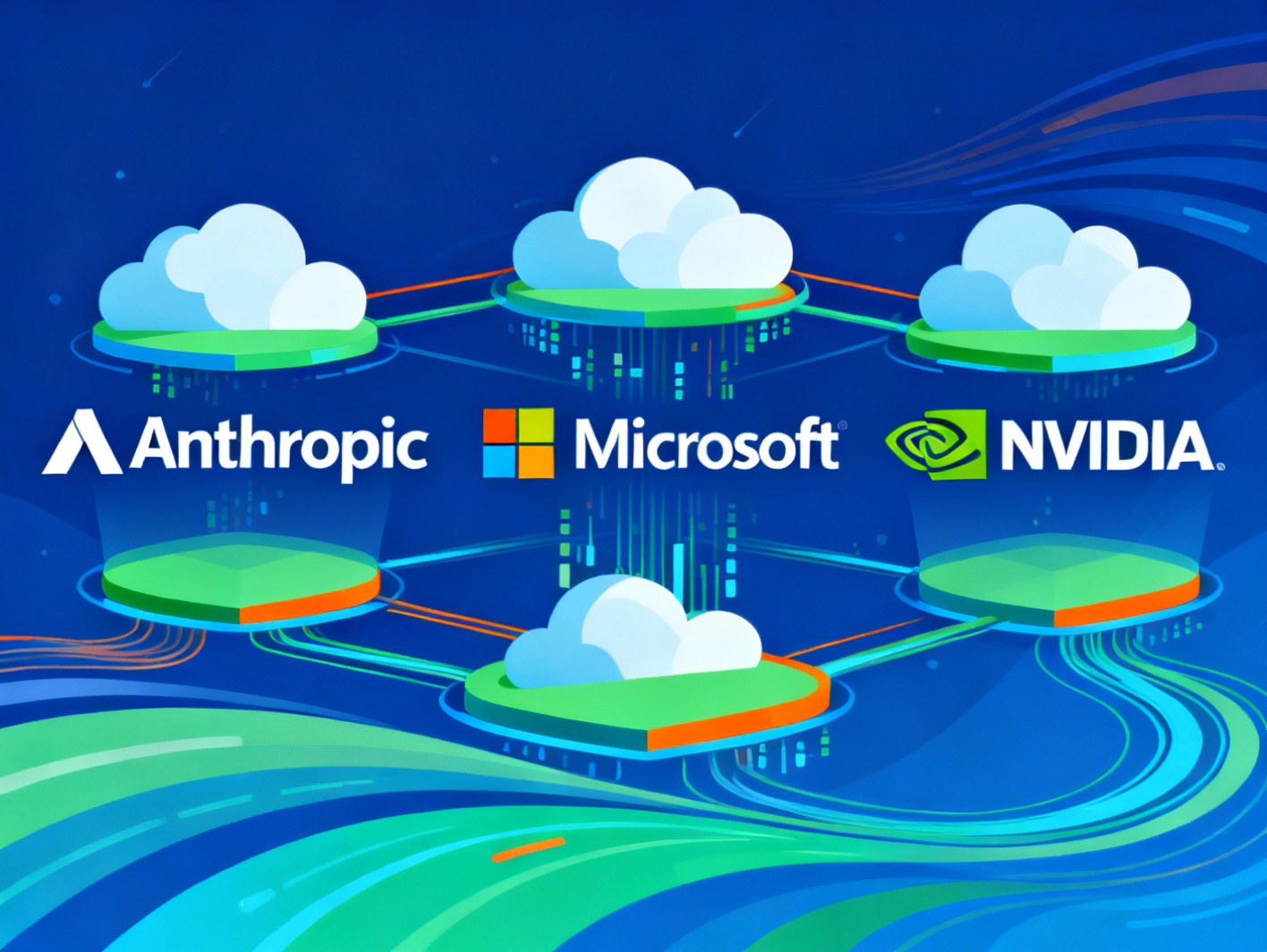
Table of Contents
- Introduction
- Advancements in Reasoning and Multimodal Capabilities
- Integration with Google’s Core Products
- Introduction of Nano Banana Pro: Revolutionizing AI Image Editing
- Gemini Agent: Automating Complex Tasks
- Antigravity: Empowering Developers with AI-First Coding
- Ensuring Safety and Ethical AI Deployment
- Conclusions
On November 21, 2025, Google unveiled Gemini 3, a groundbreaking advancement in artificial intelligence that pushes the frontier of reasoning, multimodal processing, and intelligent autonomy. More than just an upgrade, Gemini 3 brings transformative changes that span across industries and user applications. Designed to understand and operate across multiple input types—like text, images, audio, and video—it equips developers, creators, and everyday users with an elevated experience of AI interaction. This article explores how Gemini 3 redefines expectations in AI, examining its core improvements, practical implementations, and the expansive ecosystem it powers.
Advancements in Reasoning and Multimodal Capabilities
Gemini 3 delivers one of the most significant leaps in AI reasoning by introducing a more robust and contextually aware system. Unlike its predecessors, Gemini 3 doesn’t just parse information—it synthesizes it. This means it can connect the dots between multiple inputs with far greater accuracy. Whether it’s comparing policy documents, drawing visual inferences from images, or piecing together events in a video sequence, its reasoning engine identifies patterns and implications in ways older models couldn’t.
Multimodality isn’t just a feature—it’s foundational to Gemini 3. It can simultaneously interpret and integrate different data types with fine-grained contextual precision. For instance, given an image of a concert poster and a corresponding video of the event, Gemini can deduce attendance details, extract performer information, and assess audience sentiment. Audio analysis, too, benefits from improvements, allowing the model to detect nuance in tone, accents, and layered sound environments.
What truly sets Gemini 3 apart is how these modalities are linked using a shared representation space. This means the model can fluidly transition between mediums without losing context or misrepresenting details. Compared to earlier versions or even leading competitors, Gemini 3 demonstrates superior depth in understanding and unmatched scalability when interpreting mixed data sources.
Integration with Google’s Core Products
Gemini 3 isn’t just a technology on its own—it’s deeply integrated across Google’s most widely used platforms. In the Gemini app, users experience smooth, conversational interfaces powered by Gemini 3’s real-time interpretation abilities. It understands intent even across complex queries involving mixed inputs, like a voice note accompanied by a picture and a follow-up text, offering detailed, multi-layered responses.
In Google Search’s AI Mode, Gemini 3 transforms how information retrieval works. Instead of keyword matching, users benefit from deeper semantic understanding. When someone asks a compound question—say, comparing climate policies of two countries using current videos, articles, and infographics—Search powered by Gemini 3 returns a synthesized and coherent summary, drawing from diverse sources and media formats.
NotebookLM becomes especially powerful with Gemini 3 at its core. Researchers and students can now upload documents, diagrams, and voice notes, and expect contextual summaries and research insights that blend textual analysis with image or audio interpretation. Tasks that once required toggling between tools are now streamlined, thanks to the model’s holistic information processing.
This tight integration doesn’t just enhance productivity—it fosters intuitive human-computer interactions, where users feel like they’re working alongside an intelligent partner, rather than managing a tool.
Introduction of Nano Banana Pro: Revolutionizing AI Image Editing
The launch of Nano Banana Pro, a cutting-edge AI image editing tool, showcases the creative potential of Gemini 3 Pro. Unlike conventional editors, Nano Banana Pro enables real-time, contextually intelligent visual manipulations. Users can drop a few images into the canvas, describe what they want in natural language—say, “make the sky sunset orange and blend the backgrounds”—and the AI executes it with high fidelity.
A standout feature is its real-time rendering engine that adapts to changes on-the-fly. If users move or replace elements, the tool recalibrates shadows, textures, and lighting for a consistent look, eliminating hours of manual post-processing. Its multilingual text rendering allows seamless integration of localized typography into images—supporting dozens of languages with accurate font styles, sizes, and placement.
Most impressively, the model manages multi-image consistency. Designers can blend photos taken under various lighting conditions and angles, and still achieve harmony in tone, style, and composition. Gemini 3’s understanding of photographic context—such as depth, contrast, and object relevance—makes this possible.
Nano Banana Pro isn’t just a tool for professionals; it democratizes high-quality visual editing. Bloggers, marketers, educators, and hobbyists can turn concepts into polished assets without specialized training, significantly lowering the creative barrier.
Gemini Agent: Automating Complex Tasks
At the heart of Gemini 3’s innovation lies the Gemini Agent, an experimental feature demonstrating the model’s ability to autonomously handle complex, multi-step tasks. Unlike basic task schedulers or assistants, Gemini Agent operates with full-stack intelligence—tracking dependencies, accessing relevant resources, and executing with minimal supervision.
Users can ask Gemini Agent to organize a week-long business trip. It will scan inboxes for relevant details, cross-check calendar availability, book flights and accommodation, and even suggest local meetings based on recent communications. It performs all this while following contextual cues like budget constraints, preferred destinations, or dietary preferences.
Email management becomes intuitive with the agent’s ability to draft responses, flag high-priority messages, and summarize long threads—all while preserving the voice and intent of the user. It handles ambiguous requests such as “reschedule with Sarah and let Tom know” by intelligently identifying entities, timelines, and follow-up actions.
This kind of autonomy is possible because of Gemini 3’s enhanced chained reasoning, ensuring each part of a task feeds logically into the next. Rather than viewing tasks in isolation, it constructs larger narratives around user goals. As it continues to evolve, Gemini Agent could represent a major shift in personal productivity tools, enabling users to offload not just simple actions, but complex decision-driven workflows.
Antigravity: Empowering Developers with AI-First Coding
Google Antigravity is a revolutionary development environment that embodies the AI-first future of software engineering. At its core, Antigravity unites Gemini 3 Pro’s reasoning and problem-solving abilities with the structure of a traditional integrated development environment (IDE), but designed for collaboration with autonomous agents.
Developers can assign high-level software tasks—not just isolated functions, but entire modules—and delegates them to Gemini-powered agents. These agents analyze user intent, reference relevant libraries, consult documentation, and iteratively construct code, explaining their reasoning along the way. A request like “create a secure user authentication system for a mobile app” prompts the AI to handle encryption protocols, backend structure, and user interface components simultaneously.
Code is generated in real time, and changes are continuously assessed in a sandboxed environment for bugs, security flaws, and efficiency. Gemini’s multimodal capacity allows developers to feed it screenshots of desired UI layouts or spoken descriptions of app flow. It turns these into functioning components, preserving design intent and following best practices.
Antigravity doesn’t just speed up programming—it also acts as a mentor to newer coders by explaining algorithms, offering alternative implementations, and even identifying knowledge gaps. This creates an environment where experienced engineers can optimize at scale, and novices can learn and contribute meaningfully. As a tool, it redefines software creation as a collaborative, intelligent dialogue between human creativity and machine execution.
Ensuring Safety and Ethical AI Deployment
With the vast capabilities of Gemini 3 comes an equally significant responsibility: ensuring that it’s used safely and ethically. Google has taken a structured, proactive approach to managing safety through several key initiatives. At the core is the implementation of the Frontier Safety Framework, which provides protocols for addressing high-risk scenarios, detecting vulnerabilities, and limiting model capabilities when misuse is likely.
Comprehensive evaluation processes—covering red teaming, adversarial testing, and behavior auditing—are now standard during model development. These techniques stress-test the AI across edge cases, including misinformation, hate speech, and privacy attacks, helping engineers fine-tune the model before release.
Google also emphasizes collaboration with external experts: ethicists, psychologists, legal scholars, and community groups contribute to shaping AI policy and product decisions. This collaborative model ensures that safety isn’t an afterthought—it’s a guiding principle, integrated from ideation to deployment.
Transparency has also improved. Google publishes detailed capability reports and provides users insights into how Gemini makes decisions, fostering both accountability and trust. Features like model intent explanations help users understand the reasoning behind outputs, making AI interactions more interpretable.
By embedding these controls, Gemini 3 not only showcases what responsible AI looks like but sets standards for an industry moving quickly. The emphasis on long-term safety builds confidence among users and mitigates the risks that come with powerful AI capabilities.
Conclusions
Gemini 3 stands out as a pivotal development in the evolution of artificial intelligence. Its remarkable improvements in reasoning and multimodal processing bring an entirely new level of contextual understanding to real-world tasks. Through its seamless integration into Google’s leading platforms and the launch of innovative tools like Nano Banana Pro and Google Antigravity, it provides users, creators, and developers with capabilities previously out of reach. The introduction of Gemini Agent further illustrates its ability to handle autonomous operations, redefining what productivity looks like in an AI-first world. With a strong emphasis on safety and ethical alignment, Google ensures that this powerful system is both transformative and trustworthy. Gemini 3 is more than a product launch—it signals the dawn of a new chapter in human-computer collaboration.










